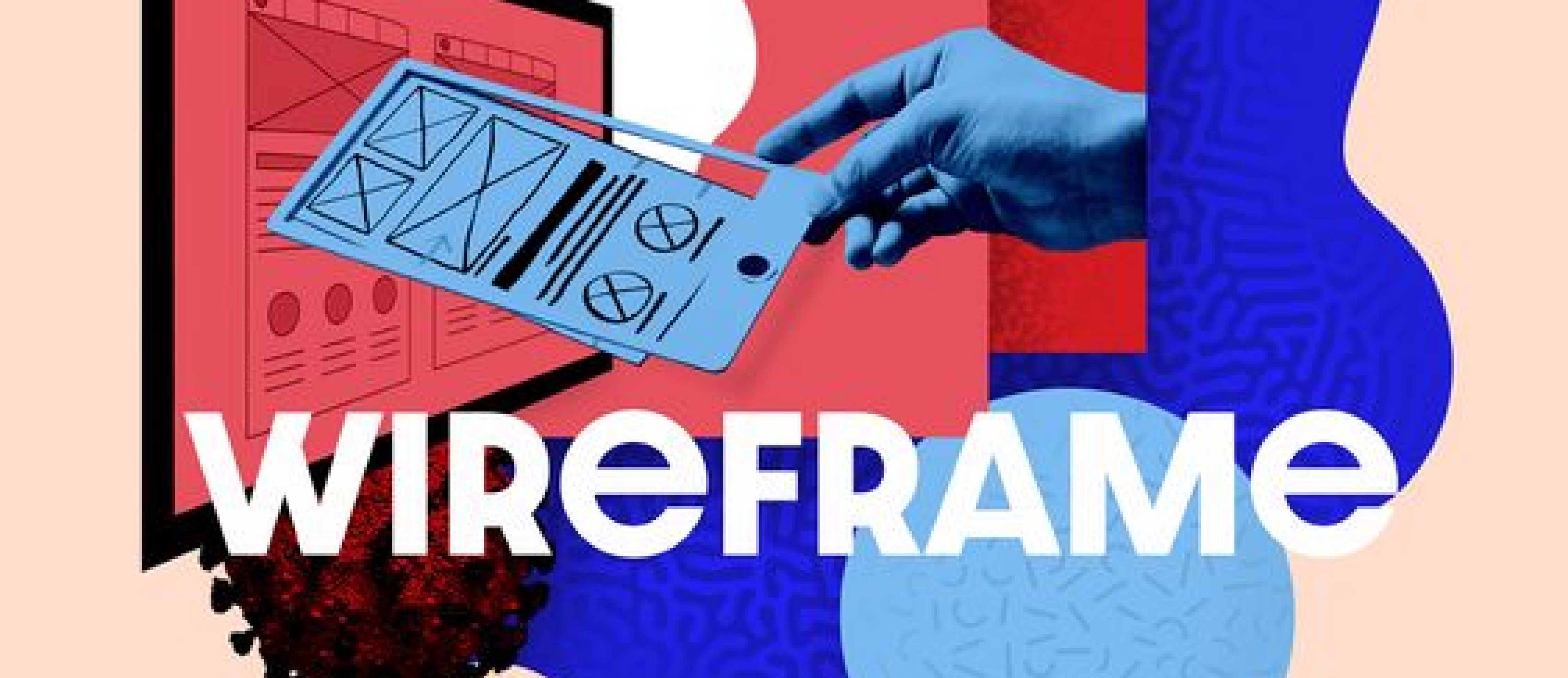
In the rapidly evolving world of user experience (UX) design, the focus is shifting from traditional applications to innovative, intuitive interfaces that leverage natural language. This transition is reshaping how users interact with technology, making experiences more fluid and natural. Here’s a closer look at how this next-generation UX is unfolding and what it means for the future of digital interactions.

Key Benefits of NLP in UX :
UX design has come a long way from its early days. Initially, user interfaces were predominantly graphical, relying heavily on buttons, icons, and menus. As technology advanced, so did UX design, incorporating more sophisticated elements like gesture controls and voice commands. The current trend is toward natural language interfaces, which aim to make interactions as seamless and intuitive as possible.
Natural Language Processing (NLP) is at the heart of this next-generation UX. NLP enables machines to understand and respond to human language in a way that feels natural and conversational. This technology is making its way into various applications, from chatbots and virtual assistants to more complex systems like customer service platforms and enterprise software.
-
Enhanced User Interaction: Users can communicate with technology using everyday language, eliminating the need for complex commands or searches.
-
Improved Accessibility: NLP can make technology more accessible to individuals with disabilities or those who may struggle with traditional interfaces.
-
Personalized Experiences: By understanding user preferences and context, NLP can deliver more tailored and relevant interactions.

The Future of UX with Natural Language
The integration of natural language into UX design is just the beginning. As technology advances, we can expect even more seamless and intuitive interactions. Future developments may include :
More Advanced NLP Models: Continued improvements in NLP technology will enhance the accuracy and sophistication of conversational interfaces.
Integration with Augmented Reality (AR) and Virtual Reality (VR): Combining NLP with AR and VR could create immersive, interactive experiences.
Broader Adoption: Natural language interfaces will become more prevalent across various devices and platforms, making advanced interactions accessible to everyone.
Designing for Natural Language Interfaces
Designing for natural language interfaces requires a different approach compared to traditional app design. The system should understand the context of user requests to provide relevant responses.Design interactions that mimic natural conversations, with clear, concise language and the ability to handle follow-up questions. Incorporate feedback mechanisms to continually refine and improve the language model based on real user interactions.


Conclusion
The transition from traditional applications to natural language interfaces represents a significant leap forward in UX design. By harnessing the power of NLP, we can create more intuitive, accessible, and personalized user experiences. As this technology continues to evolve, the possibilities for enhancing digital interactions are virtually limitless. Embracing these innovations will be key to staying ahead in the ever-changing landscape of UX design.
Read more

Ishu Sangani
Next-generation UX design leverages advancements in artificial intelligence, voice recognition, and natural language processing to break down barriers between users and technology.

Nikunj Chauhan
A UX design audit is a comprehensive evaluation of a digital product's user experience, aimed at identifying areas of improvement and enhancing overall usability. This process involves a thorough analysis of the product’s design elements, user interactions, and feedback to uncover potential pain points and opportunities for optimization.

Vijay Parmar
In the realm of user experience (UX) design, there's a powerful concept that often gets overlooked: emotional design. Emotional design goes beyond aesthetics and usability, aiming to create products that evoke emotional responses and forge deep connections with users.


